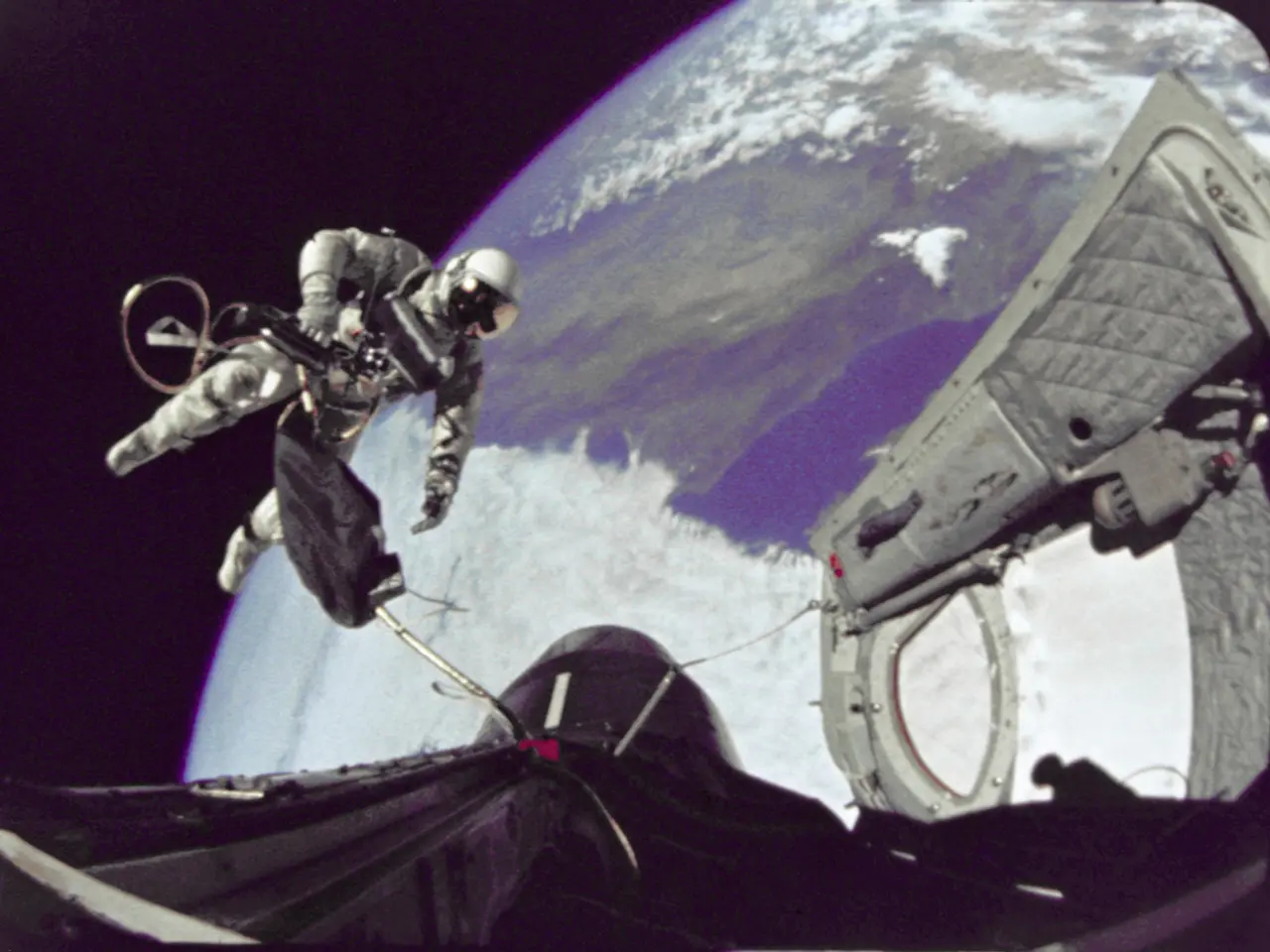India's Space Exploration: Navigating the Cosmos for a Forward-Thinking Nation (according to Sanjeev Ahluwalia)
As of mid-2025, India's space program has made significant strides in the realm of space stations, crewed missions, and international collaborations.
- **Space Stations:** India does not yet possess its own dedicated space station. However, Indian astronaut Shubhanshu Shukla completed a groundbreaking 18-day mission aboard the International Space Station (ISS) in June-July 2025, marking India’s first crewed presence on a space station. This mission was a joint endeavour with NASA, Axiom Space, ESA, and other partners, reflecting India’s growing role in international space station activities.
- **Crewed Missions:** India's human spaceflight program revolves around the Gaganyaan project, an indigenous crewed orbital spacecraft. The Indian Space Research Organisation (ISRO) has developed key technologies for Gaganyaan, including re-entry capsules, launch escape systems, protective flight suits, and the LVM3 launch vehicle. Astronaut training facilities have been established in India, with Russia providing training support. The successful completion of Shubhanshu Shukla’s ISS mission also demonstrates India's emerging capabilities in human spaceflight by 2025.
- **International Partnerships:** India has established formal space cooperation agreements with 61 countries and five multilateral organisations, focusing on satellite remote sensing, communication, navigation, and scientific missions. In 2025, India hosted Karman Week in Bangalore, emphasising leadership in public-private partnerships, climate-focused space applications, and fostering international collaboration. ISRO’s collaboration extends beyond astronaut missions to satellite launches and joint scientific experiments aboard the ISS.
In addition, the UAE and India have signed a Comprehensive Economic Partnership Agreement in 2022, and Japan is collaborating with ISRO for the Lumar Polar Explorer mission (LUPEX), with an estimated cost of about $160 million.
India's space economy is currently worth approximately $8 billion annually, but it is projected to reach $1.5 trillion to $2 trillion by 2040. To shift the flow of STEM talent from services to manufacturing technology and related R&D, a decade of significant investment in deep tech is required.
India's target is a crewed mission landing on the moon by 2040, although the logic of doing so is debatable since robots can perform tasks at a lower cost. India may need to partner with others to replace the ISS when it needs to be phased out, as the country plans to have its own space station by 2035.
If the existing bonhomie with the US continues beyond 2025, collaborating with the US, Japan, Russia, and the EU is possible. For most Indians, America is still seen as "that shining city on a hill". China, on the other hand, has a permanent Tiangong Space Station since 2022, serviced by periodic crewed and supply flights. China's cash flow (GDP in current terms) was $18 trillion in 2022, while India's was $3.91 trillion in 2024.
India spends more than Brazil, Mexico, Egypt, or South Africa, but less than Japan and Russia, on its space program. If India gets a low five per cent share in the incremental business till 2040, it could gross at least $80 billion. Over the next two decades, incremental investment could boost space-based military capacity.
In conclusion, India's space program is progressing steadily, with significant achievements in space stations, crewed missions, and international partnerships. With a focus on collaboration and investment in deep tech, India aims to expand its global role in space exploration and technology.
- Technology: The successful completion of Shubhanshu Shukla's ISS mission in 2025 showcased India's emerging capabilities in human spaceflight, which was a result of ISRO's developments, such as re-entry capsules, launch escape systems, protective flight suits, and the LVM3 launch vehicle.
- Education and self-development: To shift the flow of talent from services to manufacturing technology and related R&D, a decade of significant investment in deep tech is required in India. This will help in boosting the country's role in space exploration and technology.
- General news: By 2040, India plans to have its own space station, but it may need to partner with other countries to replace the International Space Station when it needs to be phased out. Meanwhile, China already has a permanent Tiangong Space Station, with China's GDP being significantly larger than India's in 2024. This highlights the need for further collaboration and investment in India's space program to achieve its goals.




